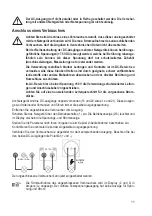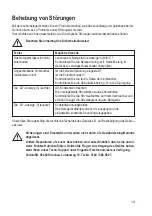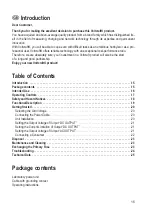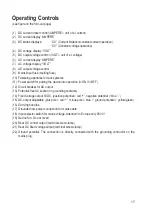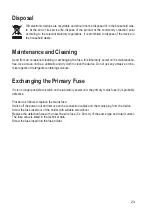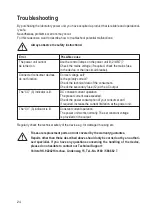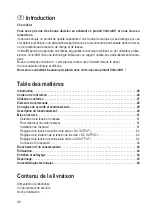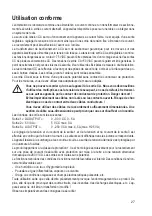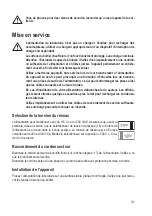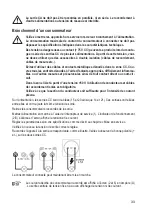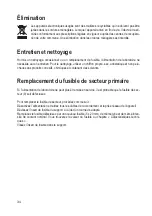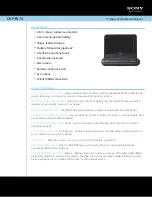
20
Getting Started
The laboratory power unit is not a charger. To charge batteries, use suitable char-
gers with a charging current cut-off.
During a longer period of operation under nominal load, the surface of the housing will
heat up. Attention! Risk of burns! Therefore, make sure that there is adequate ventilati-
on of the power unit and never operate it partly or fully covered to avoid any damage.
When connecting a consumer, ensure that it is not connected when switched on. A
switched on consumer can result in sparks when connecting to the output terminals
of the power unit, which in turn can damage the sockets or the connected cables
and/or their clamps.
If your power unit is not required, switch it off and disconnect it from the mains. The
displays remain on for a few seconds after it is switched off to unload the internal
capacitators.
Always ensure a sufficient conductor cross-section for the connection lines, since
overload may cause fire in the line.
Selecting the Grid Voltage
The laboratory power unit can be operated with either 115 V or 230 V/AC. Before initial
commissioning, ensure that the rear mains voltage selection switch (18) is in the correct
position: In Europe, the mains voltage is between 220 and 240 V/AC. Turn the switch to
the “230 V” position with a screwdriver.
Connecting the Power Cable
Connect the supplied grounding cable to the low-power device installation socket (17) on the power
unit. Ensure a tight fit.
Connect the power cable to a shockproof mains socket with protective grounding.
Unit Installation
Place the laboratory power unit on a stable, level and robust surface. Make sure that ventilation slots
in the casing are not covered up.






